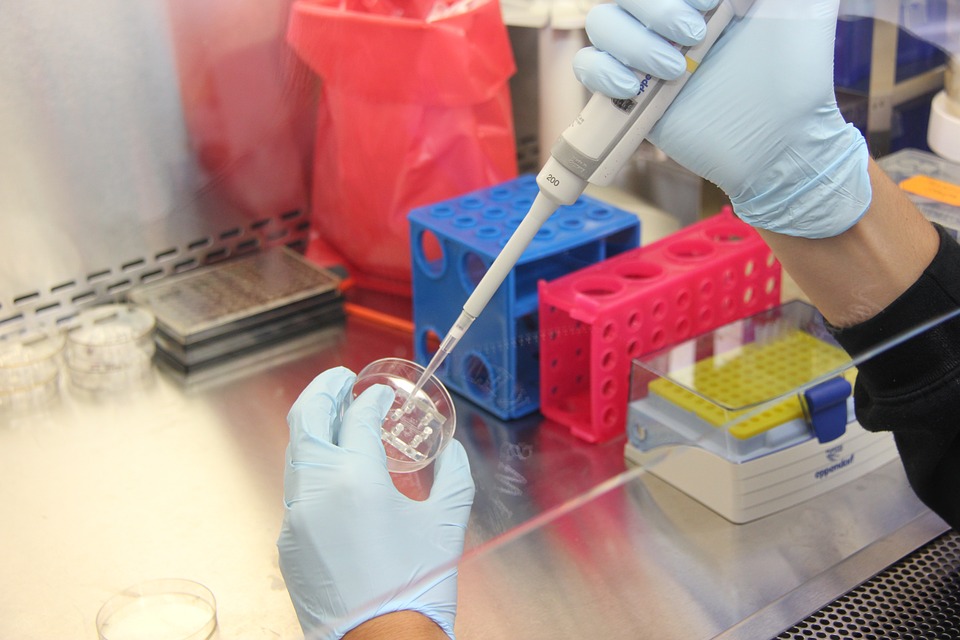December 2003 - There's good news on the research front for those who want to shed some pounds and get in shape this holiday season. A new study by Joslin Diabetes Center researchers shows that obese adults who lost just 7 percent of their weight � or 16 pounds in a 220-pound, 5'5" tall woman � and did moderate-intensity physical exercise for six months improved their major blood vessel function by approximately 80 percent, regardless of whether or not they had type 2 diabetes.
"This means that it is never been too late to intervene in order to prevent progression of atherosclerosis," said Osama Hamdy, M.D., lead author of the study, recently published in Diabetes Care. "Altered function of the endothelium, the inner lining layer of the blood vessels, is an early stage in atherosclerosis that eventually leads to coronary artery disease and heart attack or stroke, which are the leading causes of death in at least 75 percent of patients with type 2 diabetes," said Dr. Hamdy, a Joslin physician who specializes in obesity. This thin layer inside the artery secretes a substance called nitric oxide that causes the arteries to dilate and improves blood flow. "In the majority of people with type 2 diabetic and even in many obese individuals who do not have diabetes the function of this layer is altered, initiating the atherosclerotic process," he said.
Diabetes affects an estimated 18.2 million Americans, about one-third of whom do not even know they have the disease. Type 2 diabetes, the most common form of diabetes, traditionally was considered a disease of middle-aged and older adults. Type 2 diabetes is increasingly occurring in young people and children due in large part to increasing obesity and sedentary lifestyle. Diabetes is a leading cause of heart disease, stroke, blindness, kidney disease and nerve damage. Coronary artery blockage remains a major killer among people with diabetes, he said.
How the study was conducted:
The study of 35 obese subjects included three groups of volunteers; all were obese and had a body mass index above 30 kg/m2 had insulin resistance. It has been known that obese individuals, especially those with a family history of diabetes, have a condition called insulin resistance syndrome, syndrome-X or the metabolic syndrome years before they develop type 2 diabetes, Dr. Hamdy explained. Metabolic syndrome is seen in 23.7 percent of all adult Americans above age 20 and in approximately 40 percent of those above age 60, according to a recent survey. This condition puts them at higher risk for developing type 2 diabetes, high blood pressure and high cholesterol and triglycerides and can lead to an increased tendency for blood clotting and coronary artery disease. This condition also is associated with low-grade inflammation caused by several substances secreted by the body fat and, in particular, the internal fat in the waistline (intra-abdominal or visceral fat).
Continue Reading Below ↓↓↓
The first group in the Joslin study did not have diabetes; the second group had a condition known as impaired glucose tolerance and was at high risk for developing diabetes; and the third group had type 2 diabetes. The three groups were put on a calorie-restricted diet, simply by cutting 500 calories from their daily caloric consumption.
The participants also exercised in the gym at Joslin in Boston two to three times per week. Exercise was moderate in intensity and for 30 minutes each session using both upper and lower body like brisk walking or mild running on a treadmill with movement of the upper body, or using the stationary bike and rowing machine.
"After 6 months, the study participants had lost an average of about 7 percent of their initial weight or approximately 16 pounds in a 220-pound person," Dr. Hamdy said.
The researchers found significant improvement in the function of the major blood vessels; as their capacity to dilate in response to the nitric oxide secreted by the endothelium improved significantly, their risk of developing arteriosclerosis and heart disease was reduced, Dr. Hamdy said. The researchers also found improvement in several markers of blood coagulation, inflammation and vascular activity, which are usually altered in this population, putting them at higher risk for developing coronary artery disease.
Significance of the findings
"The important finding of this study is that a weight loss as low as 7 percent can improve or reverse the early abnormalities of blood vessels that lead to atherosclerosis and coronary heart disease and that obese people get equal clinical benefit from weight loss, whether they have diabetes, pre-diabetes or have normal blood glucose levels," Dr. Hamdy said. These latest findings are consistent with those of the recently completed national Diabetes Prevention Program (type 2 diabetes study), which was conducted at Joslin and other institutions. The DPP showed modest weight loss and regular exercise, like brisk walking, reduced the risk of developing type 2 diabetes in people at risk by 58 percent.
"Now that we have the results of this study as well as the DPP findings, it's more important than ever to get people moving and eating a healthier diet because we know that even modest weight loss and increased physical activity is good for our cardiovascular system," Dr. Hamdy said.
Source: Joslin Diabetes Center










